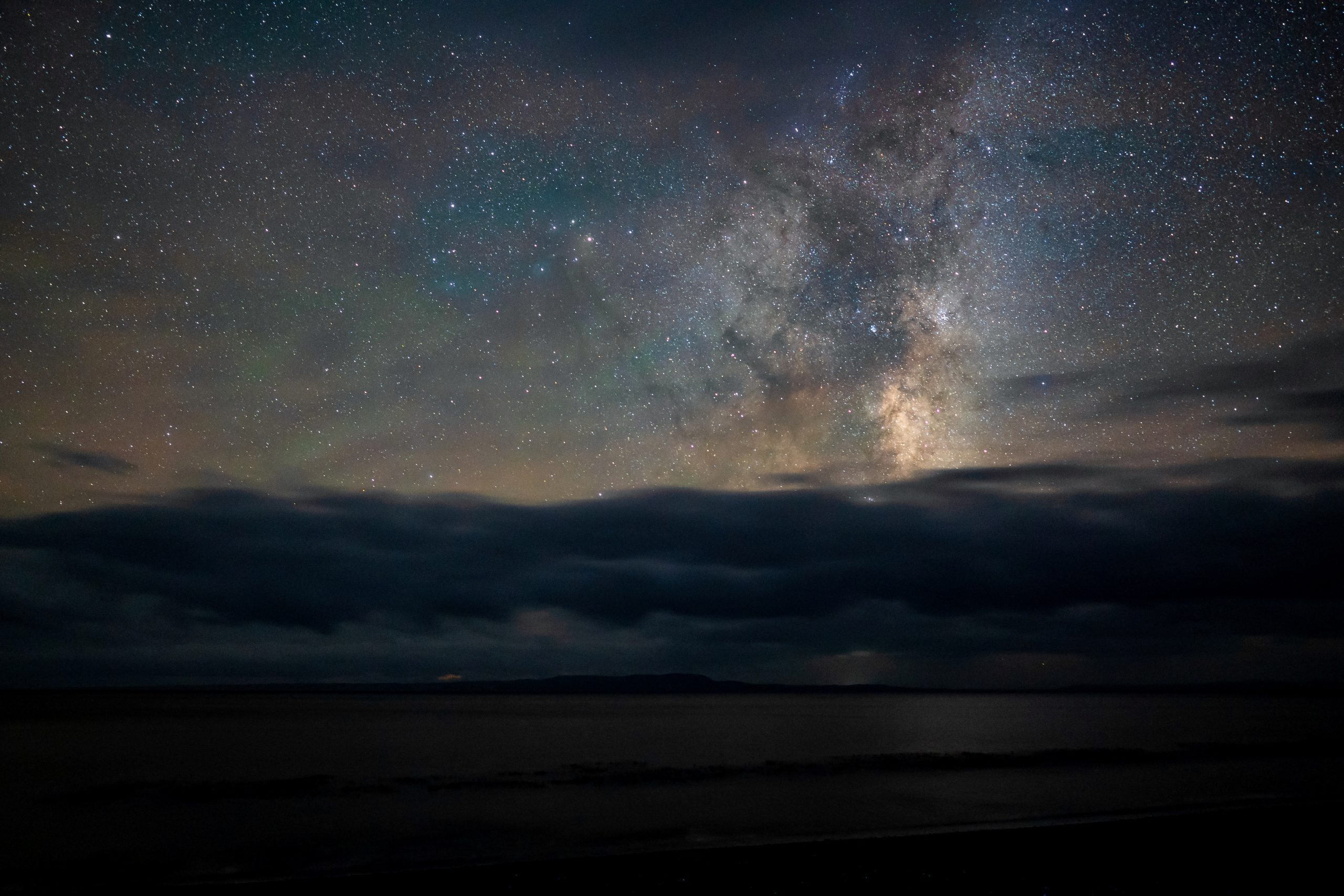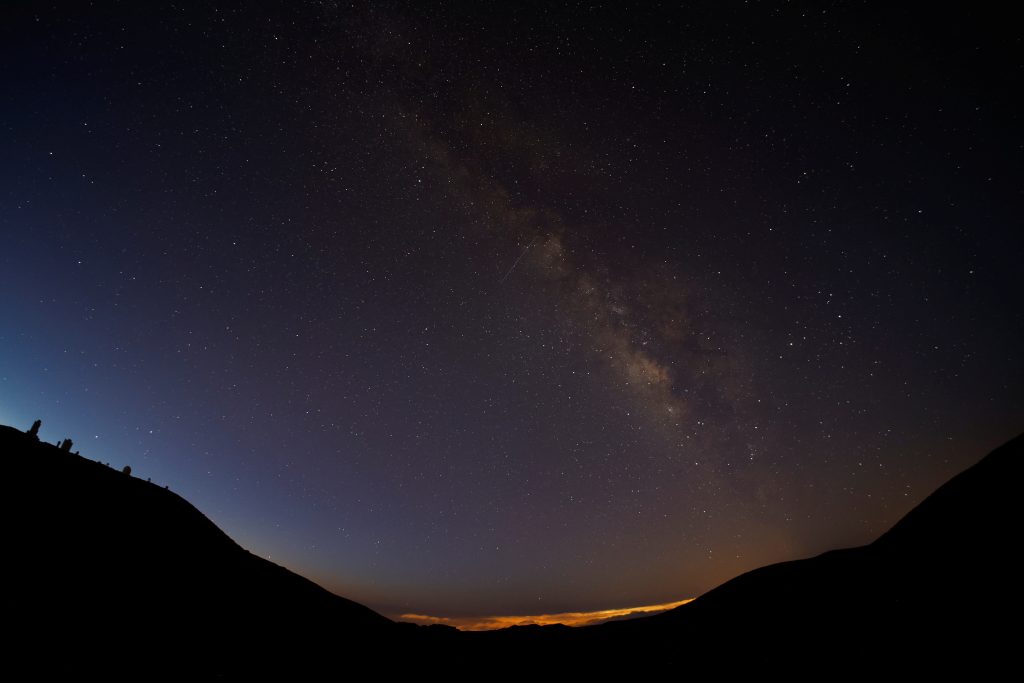World Astronomy Day invites space enthusiasts and the public to explore the cosmos. Celebrated twice a year during the first quarter moon, this event is ideal for celestial observations. Local astronomy clubs, planetariums, and educational institutions orchestrate engaging activities for novices and experts alike.
Origins of World Astronomy Day
Doug Berger, the former president of the Astronomical Association of Northern California, initiated this event in 1973. His goal was simple: to ignite public interest in astronomy by setting up telescopes in urban centers, allowing spontaneous celestial viewing.
A Spectrum of Astronomical Activities
World Astronomy Day features a wide range of engaging events:
- Public Telescope Sessions: Experts set up telescopes in public areas to demonstrate celestial viewing techniques to attendees.
- Advanced Planetarium Shows: These shows use the latest technology to take visitors on virtual tours of the solar system and beyond, highlighting recent astronomical discoveries.
- Expert-Led Workshops and Lectures: Topics range from astrophotography to cosmology, accommodating all levels of knowledge and interest.
- Astronomical Photography Exhibitions: Displays of celestial photography capture the stunning beauty of the universe, from nebulae to galaxies.
- Interactive Family Activities: These include model rocket building and educational games about our solar system, designed to captivate young minds.

Educational and Community Impact
World Astronomy Day significantly enhances STEM education by making complex scientific concepts accessible and engaging. Observing the night sky through a telescope can inspire a lifelong interest in science and exploration.
Bridging Communities through Astronomy
This event brings together diverse communities to share their fascination with the stars. It promotes a global sense of unity, showing that the sky belongs to everyone, everywhere.
The Future of Astronomy Engagement
As technology advances, so do the ways we explore and understand the cosmos. World Astronomy Day now includes virtual reality and online streaming, making it accessible worldwide.
In conclusion, World Astronomy Day is more than an educational event—it’s a source of inspiration and community. It encourages us to observe, learn about, and reflect on the universe, fostering a collective eagerness to explore the vast expanse beyond our planet. This day offers a perfect blend of learning, community building, and awe, solidifying our continuous quest to decode the mysteries of the cosmos.






